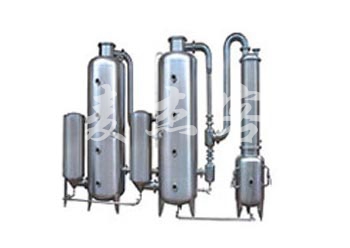Written by: Denton Vacuum, LLC
Advanced manufacturing techniques have made it possible to cheaply produce quality medical equipment.
Hospitals today have to be able to cut costs in order to maintain the same level of service. Part of that cost cutting is happening in the world of manufacturing, using advanced techniques to create better equipment. Advanced manufacturing techniques have opened up a world of applications for medicine. These new parts will help patients recover faster, and spend less on their care.
Vacuum Chamber
The first step of the process is to place the material into the vacuum evaporation system. It’s like a small box where the substrate, like a piece of medical tubing, will set. The technician loads the desired material, like a coating to make the surface of the tube slick, then the chamber heats up. The substance inside melts, and then breaks down into particles.
Sputter Deposition
The substrate is then inserted into the machine. The substrate then undergoes a process known as sputter deposition. You can imagine this something like spray paint on a molecular level. The substrate is fully coated in this phase using the particles created by heating the substance. The particles adhere to the tubing as the temperature is lowered, which finalizes the coating.
Systems and Applications
Tubing isn’t the only use for this process. It is also used in the metallization of replacement joints. Vacuum coating systems can help to coat plastic products in a metallic substance that will increase its durability. This system is also used in the creation of glare proof eye glasses.
Related Story: Recent Advances in Medical Device Coatings
Related Story: Thermal Evaporation

